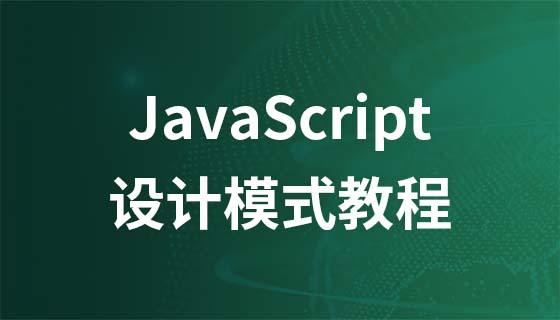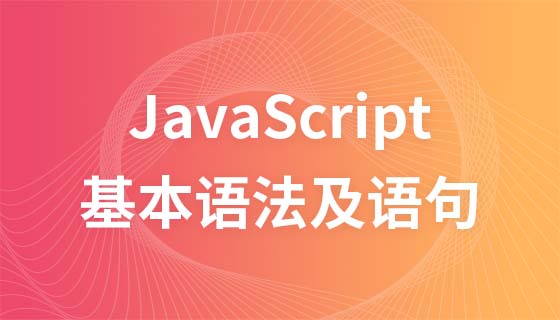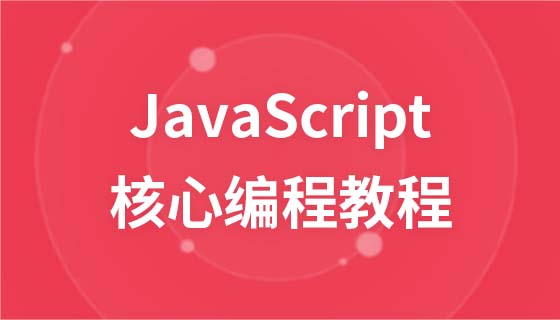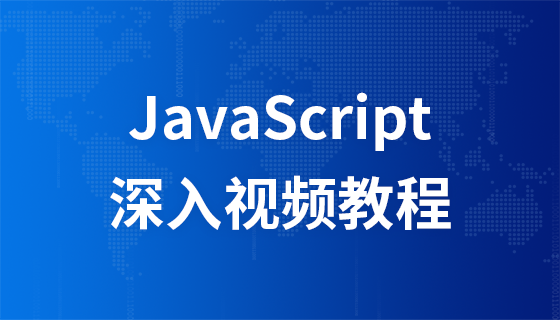javascript並不是嚴格意義的物件導向語言,而是一種基於物件、事件驅動程式設計的客戶端腳本語言。原因:物件導向包含三大特徵:封裝、繼承、多型;而JavaScript中只有封裝,繼承也只是模擬繼承,談不上物件導向。
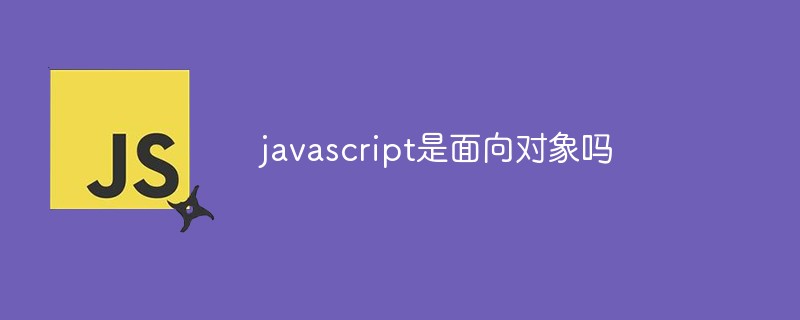
本教學操作環境:windows7系統、javascript1.8.5版、Dell G3電腦。
javascript並不是嚴格意義的物件導向語言,而是一種基於物件、事件驅動程式設計的客戶端腳本語言;它不僅可以創建對象,也能使用現有的物件。
為什麼JavaScript不是物件導向的語言?
因為物件導向包含三大特徵:封裝、繼承、多態。 JavaScript中只有封裝,繼承只是模擬繼承,談不上物件導向。
所有說,在JavaScript中,一切都是對象,屬性、陣列、函數等等都是對象。
JavaScript中沒有重載
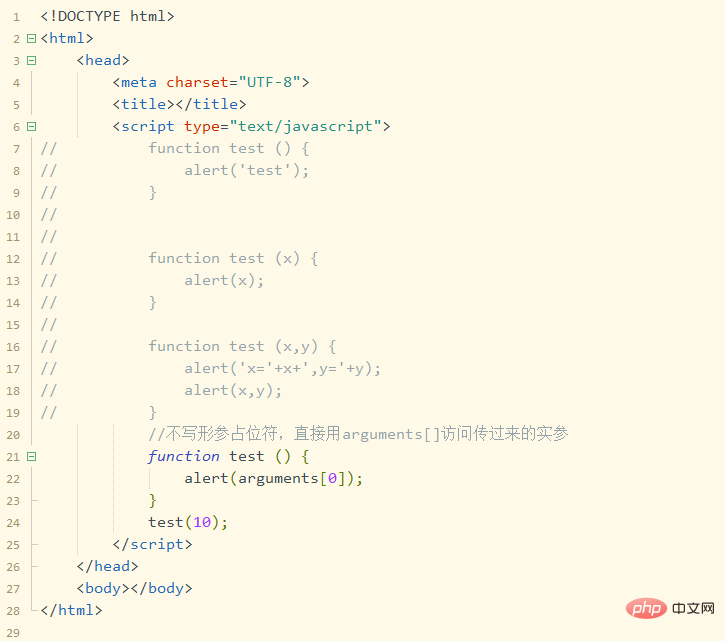
#JavaScript中沒有重載,後面定義的同名函數會把前面的函數覆掉,永遠只呼叫最後一個,而JS中的形參只是佔位符,定義兩個形參,可以只傳一個參數,只是為了方便程式設計師傳來的實參。
不寫形參時,實參不能方便使用佔位符,這時使用隱式形參arguments[0]來訪問第一個實參,arguments[1]訪問第二個實參等等。
使用函數模擬類別
一般類別的名稱首字母大寫,1.定義類別時同時有了建構函數,2.方法的屬性值是函數。
範例:
<script type="text/javascript">
function Student (sno,sname,age) {
this.sno = sno;
this.sname = sname;
this.age = age;
this.study = function(){
alert('我是'+this.sname+',我在学习')
}
}
var stu = new Student(1,'xiaoming',20);
stu.study();
</script>使用Object類別建立即時物件
delete stu.name;//可以删除属性
範例:
<script type="text/javascript">
var stu = new Object();
stu.sno = 1;
stu.sname = 'xiaoming';
stu.age = 20;
stu.study = function(){
alert('我是'+this.sname+',我在学习');
}
stu.study();
</script>##模擬繼承
1、使用call()函數來模擬繼承<!DOCTYPE html>
<html>
<head>
<meta charset="UTF-8">
<title></title>
<script type="text/javascript">
function Person (name,age) {
this.name = name;
this.age = age;
this.eat = function(){
alert('姓名:'+this.name+",年龄:"+this.age+",我在吃饭");
}
}
function Student(sno,name,age){
Person.call(this,name,age);//相当于super(name,age)
this.sno = sno;
this.study = function(){
alert('学号:'+this.sno+',姓名:'+this.name+",年龄"+this.age+",我在学习");
}
}
var stu = new Student(1,'xiaoming',22);
stu.eat();
stu.study();
</script>
</head>
<body>
</body>
</html><!DOCTYPE html>
<html>
<head>
<meta charset="UTF-8">
<title></title>
<script type="text/javascript">
function Person (name,age) {
this.name = name;
this.age = age;
this.eat = function(){
alert('姓名:'+this.name+",年龄:"+this.age+",我在吃饭");
}
}
function Student(sno,name,age){
Person.apply(this,[name,age]);//相当于super(name,age)
this.sno = sno;
this.study = function(){
alert('学号:'+this.sno+',姓名:'+this.name+",年龄"+this.age+",我在学习");
}
}
var stu = new Student(1,'xiaoming',22);
stu.eat();
stu.study();
</script>
</head>
<body>
</body>
</html><!DOCTYPE html>
<html>
<head>
<meta charset="UTF-8">
<title></title>
<script type="text/javascript">
function Person (name,age) {
this.name = name;
this.age = age;
this.eat = function(){
alert('姓名:'+this.name+",年龄:"+this.age+",我在吃饭");
}
}
function Student(sno,name,age){
this.sno = sno;
this.name = name;
this.age = age;
this.study = function(){
alert('学号:'+this.sno+',姓名:'+this.name+",年龄"+this.age+",我在学习");
}
}
//1.创建父类对象
var person = new Person();
//2.子类.prototype = person;
Student.prototype = person;
//把父类的原型赋值给子类的原型,原型一致,模拟实现了继承。
//但是会丢失子类的属性值,全变成了undefined,即使new 对象时加上了,也不起作用
//打脸,xiaoming既吃饭也学习
var stu = new Student(1,'xiaoming',20);
//动态的添加方法,即使在new对象之前没有这个方法
Student.prototype.test = function() {
alert('test动态添加方法');
}
stu.eat();
stu.study();
stu.test();
</script>
</head>
<body>
</body>
</html>//1.创建父类对象 var person = new Person(); //2.子类.prototype = 父类对象 Student.prototype = person ; //把父类的原型赋值给子类对象的原型,原型一致,模拟实现了继承。
以上是javascript是物件導向嗎的詳細內容。更多資訊請關注PHP中文網其他相關文章!

